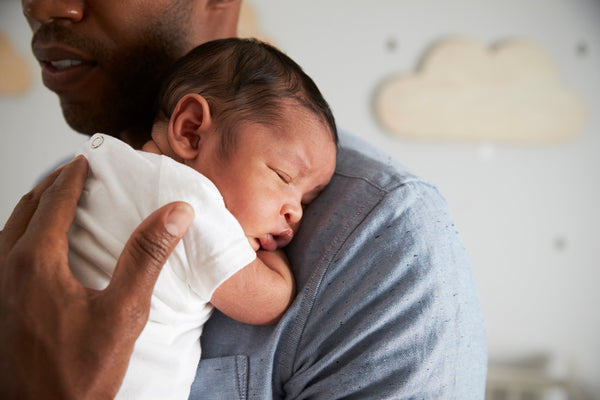Getting your baby to have a good night’s rest is one major goal of every parent, but things (like the 10 month sleep regression) just seem to get in the way of good sleep at every turn. Sleepless nights coupled with the stress of growth development can pose a problem in the first year of your baby’s life.
But the reality is, there is still another phase up ahead — the 10 month sleep regression. With babies, difficulty in falling asleep could occur at multiple times during the first year of their lives. Your baby is experiencing some changes that could impact their sleep and leave you feeling fatigued all day long. There is no specific date for your baby to walk, stand or face sleep issues. It depends on each baby‘s growth and development and this can be hampered by the loss of sleep.
But here is a good guide to fighting a winning battle for the(potentially) monster problem depriving you and your baby of sleep .
The Why of the 10 Month Sleep Regression
Babies encounter problems falling asleep at bedtime for a lot of different reasons. Any major change in a baby’s routine could lead to a disruption in the baby’s sleep pattern since your baby spends approximately 12-15 hours a day asleep during the first year. Key reasons why your baby might have trouble sleeping include:
- Walk. Stand. Sit. (Physical development) – At 10 months, your baby’s brain has developed significantly, waiting to be filled with knowledge. Your baby learns to walk, sit and crawl. But there has to be time for practice right? Correct — your baby may need time to practice these new moves. Such physical developments imply sleep issues when the child starts wiggling around when it is bedtime. Providing ample opportunities to ensure your baby gets enough practice with these new skills during the day is the key to increase sleep time. Trouble sleeping might also occur from social interaction or communication with people that they might be interested in. This new-found fascination with processing words and faces could prevent your baby from falling asleep easily.
- Separation Anxiety – This is a huge factor that plays a role in sleep difficulty as it occurs severally over the course of the baby’s first two years at certain intervals. Separation anxiety prevents a child from letting the parent leave the room due to the fear that they might not come back. With the baby’s growth comes the understanding of object permanence which is the basis of separation anxiety. This means the baby is aware of the ability of things to exist after leaving that space. This doesn’t mean the baby won’t fuss, but it will be for different reasons other than fear. Your baby needs some reassurance that you will return after leaving the room and trying to sneak out will only worsen the situation. This anxiety makes it more difficult for your baby to get a good night’s rest.
The How to Fix It
Dealing with your little baby losing sleep over what could possibly be a myriad of issues might seem a little tricky but like all other problems, there are basic elements that can help cushion your ride on this obstacle course.
- Stick to routines. Consistency is an important factor for babies. Ensuring a routine is in place helps the baby stay on track and feel the rhythm of when it’s time to sleep and when it’s time to eat, etc
- The right environment is key. Getting through this period with your baby could be smoother with the “light sleep” environment. Getting rid of unnecessary gadgets and toys in the sleeping area and ensuring a cool-dark room could help settle your baby’s active brain in time for bed.
- Make use of a sentimental item (singular…only one. Otherwise you’ll have 25 sentimental items) like ‘lovies’ or a blanket that has your signature scent on it. Falling asleep could just become easier with the comfort of a familiar item to help soothe your baby but nothing to stimulate and create an avenue not to sleep.
- Ensure you always have your happy face on when leaving the room as facial expressions can be crucial to determining how your baby feels when you leave the room. You want to keep your baby feeling happy and peaceful instead of detecting worry from your appearance.
- Try playing peek-a-boo with your baby to get them to understand that their separation anxiety is just that and you will be return whenever you leave the room. Getting them to trust that if you leave the room, you will be back soon will help in getting them to fall asleep with reduced or no anxiety.
- Not all sleep issues are simply ‘sleep regressions’. Be sure that a lingering problem with sleep is not something like a sleep association that should be handled separately.
Most new parents have heard all about the horrors and myths of sleep regression in your baby. You learn a lot about the 4 month regression as a regular occurrence and it can be easy to neglect other sleep issues that could arise later on in your baby’s first year. You seem all so prepared for that stage armed with books and knowledge on how to get past the obstacle. But there is always more to raising a baby than dealing with issues only in the first quarter of life.The most important components in getting through are staying consistent, strong and calm. Consider the phase as a growth opportunity for your baby in all aspects so remember to breathe through it and look forward to the next day your baby falls asleep as soon as you place them in the crib.






































